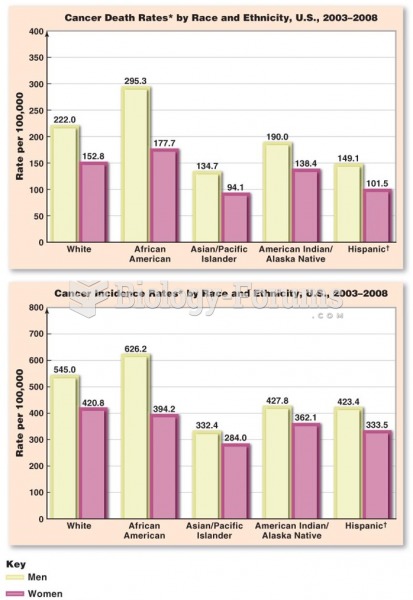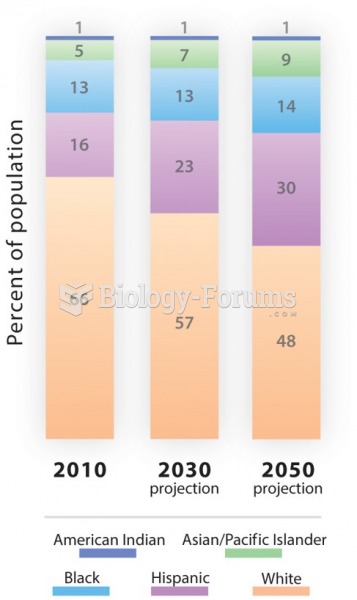Answer to Question 1
As world markets continue to expand, U.S. employees at home and abroad will be doing business with more people from other countries. You might find yourself working abroad for a large American company, an international company with a plant in the United States, or a company with an ethnically diverse workforce. Regardless of the workplace, your diversity skills-that is, your ability to communicate effectively with both men and women of all ages, cultures, and minority groups-will affect your success in today's culturally diverse global economy.
Workplace diversity can lead to misunderstandings and miscommunications, but it also poses opportunities to improve both workers and organizations. Employees must be prepared to communicate effectively with workers of different nationalities, genders, races, ages, abilities, and other characteristics.
Being a part of a diverse workforce will require you to communicate with
everyone
and to support colleagues in reaching their fullest potential and contributing to the company's goals. To lessen miscommunication, which inevitably occurs, increasing numbers of companies have undertaken
diversity initiatives
and are providing diversity training seminars to help workers understand and appreciate gender and age differences and the cultures of coworkers.
Answer to Question 2
Determining whether an action is ethical can be difficult. Learning to analyze a dilemma from both legal and ethical perspectives will help you find a solution that conforms to your own personal values.
a. Dimension 1: Behavior that is illegal and unethical: When considering some actions, you will reach the conclusion that they are both illegal and unethical. The law specifically outlines the black area-those alternatives that are clearly wrong-and your employer will expect you to become an expert in the laws that affect your particular area. When you encounter an unfamiliar area, you must investigate any possible legal implications. Frequently, your own individual sense of right and wrong will also confirm that the illegal action is wrong for you personally. In such situations, decisions about appropriate behavior are obvious.
b. Dimension 2: Behavior that is illegal yet ethical: Occasionally, a businessperson will decide that even though a specific action is illegal, there is a justifiable reason to break the law. A better course of action would be to act within the law, possibly while lobbying for a change in the law.
c. Dimension 3: Behavior that is legal yet unethical: If you determine that a behavior is legal and complies with relevant contractual agreements and company policy, your next step is to consult your company's or profession's code of ethics. This written document summarizes the company's or profession's standards of ethical conduct. Some companies refer to this document as a credo. If the behavior does not violate the code of ethics, then put it to the test of your own personal integrity.
d. Dimension 4: Behavior that is both legal and ethical:
Decisions in this dimension are easy to make. Such actions comply with the law, company policies, and your professional and personal codes of ethics.
 Effective listening skills demonstrate empathy to the patient and break down barriers to communicati
Effective listening skills demonstrate empathy to the patient and break down barriers to communicati
 Preschool and child care afford opportunities for many new experiences but also can be stressful for ...
Preschool and child care afford opportunities for many new experiences but also can be stressful for ...





